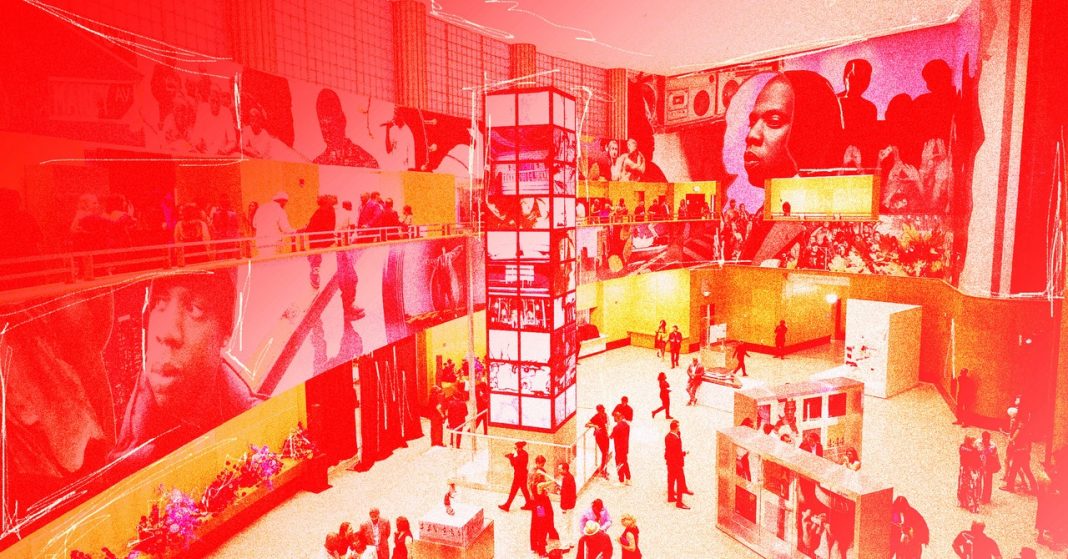Reece also notes that the legalities for collecting items like mixtapes and TikToks are tough, especially for an institution like the Smithsonian. There’s due diligence, licensing, and all manner of other procedures that must be done. But, she stresses, the museum is looking to digitize as much of its archive as it can. “We do cataloging, we do research, we do conservation, and once that’s all processed we digitize it to make it accessible,” she says.
Some of these efforts have already borne out. As we’re ending our call, Reece points me to the Smithsonian Anthology of Hip-Hop and Rap, a 129-song collection and 300-page book that came out in 2021. It is, she notes, a collaboration between, writers, b-boys, graffiti artists, scholars, and community members that is “not the definitive story of hip hop, but [it is] a story about hip hop.” The whole movement is too much for any collection, but the collection, Reece says, illustrates its cultural, political, and historical importance.
Amid all of this discussion about how to archive hip hop’s history loom larger questions about where those collections should exist.
Nearly everyone I spoke with for this piece spoke about the importance of keeping their own stash of CDs, tapes, party fliers, and MP3s in the face of disappearing digital archives. But what about the physical stuff? Much of Cornell’s archive, and a similar one at Harvard University, are available to the public, but often require appointments to view. (Much of Cornell’s has been digitized, though.) Some of the Smithsonian’s collection is on view, and the National Museum of African American History and Culture is free.
But so many of the physical artifacts of hip hop’s history are in private collections. Last year, DJ Kool Herc, the man whose Bronx block party is credited as the birth of hip hop, auctioned off much of his gear through Christie’s. The Radio Raheem boom box in the Smithsonian’s collection used to be owned by Gene Siskel. It was gifted to him by Spike Lee himself; the museum acquired it at auction after his passing in 1999. The Smithsonian gets most of its archive through donations, but it will acquire things this way if it can. The Kool Herc auction was “competitive,” Reece says, but the organization did acquire a few items.
A space like the Universal Hip Hop Museum shows promise—a place, in the Bronx, that will be accessible to the community. But with any museum exhibit or academic archive come questions. Jenkins compares it to African art that’s ended up in the collections of US museums. “Did you guys get this gifted? Or did you take it? Who wrote the placard? Where is it situated in the museum?” he says. “All of those things have an immense effect on us, and it’s crazy because hip hop is often challenging those same institutions and individuals and ideas.”
Putting hip hop behind glass also runs the risk of taking something evolving and interactive and turning it into a one-way conversation, notes Aku. “I think, sometimes, academia being the repository for a bunch of stuff creates an invisible gate,” he adds. It’s antithetical to a culture that began with block parties open to everyone.
